APortuguese Africa comprises the territories that were colonized by the Portuguese during the 15th-16th century on the African continent.
As a result of overseas expansion, the territories that today belong to Guinea-Bissau, Angola, São Tomé and Príncipe, Cape Verde and Mozambique were dominated.
In addition to the colonial past, these countries today share Portuguese as an official language and are part of organizations such as African Countries of Portuguese Official Language (PALOP) and the Community of Portuguese-Speaking Countries (CPLP).
Origin
The need to establish new mercantilist relations led Portugal to build an important empire in Africa.
In the search for a new route to reach India, Portuguese navigators traveled along the African coast and established the circuit of incursions that became known as African Periplos.
The riches in African territory were immense, however, the exploitation of the slave trade was the activity that most profited the Crown.
In the cultural process of African peoples, the dominant enslaved the dominated and this factor contributed to the success of Europeans in capturing more easily the people who would serve as property in the other colonies.
The slave labor was destined to the sugar mills installed in Portuguese America, in São Tomé and in Madeira Island.
Occupation
In the beginning, the Crown installed trading posts that consisted of points on the African coast where the Portuguese built forts.
The factories were essential for supplying the caravels that were heading to the Indies and, later, they would be the embarkation point for people who would be enslaved in America.
Likewise, they aimed to trade products with natives of the region
Angola
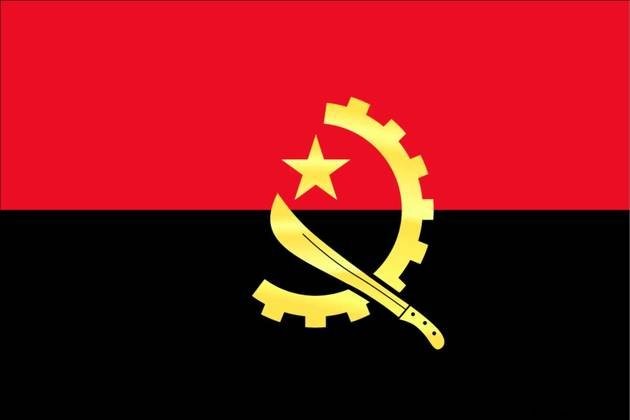
- Official Name :Republic of Angola
- Capital :Luanda
- Number of inhabitants :28.82 million (2016)
- Surface :1,246,000 km 2
- Independence :November 11, 1975
The first Portuguese landing in mainland Africa took place between 1483 and 1485, when Diogo Cão (1440-1486) arrived in Angola.
The colonization process only began in 1575, when about 400 settlers led by Paulo Dias Novais (1510-1589) founded the city of São Paulo de Luanda.
They also allied with the local king Ngola Kiluanji Kiassamba and fought his rivals in exchange for permission to circulate in those lands.
As support for the settlement, the Crown established in Angola the regimes of Hereditary Captaincies and Sesmarias, which, at that time, were already applied in Brazil.
Angola was the richest of the Portuguese overseas provinces and where diamonds, oil, gas, iron, copper and uranium were found.
See also:slave tradeMozambique
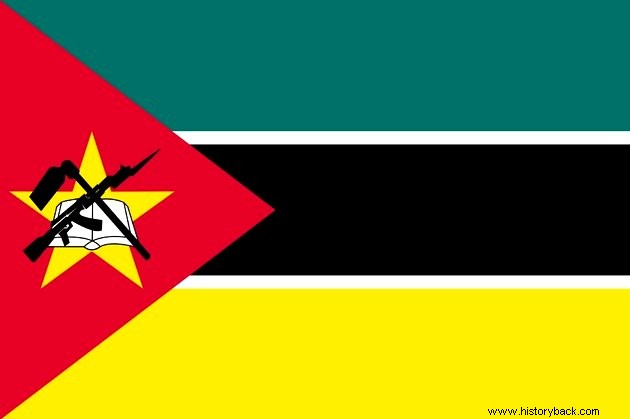
- Official Name :Republic of Mozambique
- Capital :Maputo
- Number of inhabitants :28.83 million (2016)
- Surface :801 590 km 2
- Independence :June 25, 1975
The first Portuguese onslaught into the territory of Mozambique took place in 1490, under the command of Pero da Covilhã (1450-1530).
Located in East Africa, on the coast of the Indian Ocean, the Portuguese settled on the island of Mozambique and in the city of Sofala founded by Covilhã in 1505.
The interiorization took place through navigation along the Zambezi River, where the trading post of Tete was created in 1537, intended to control local commerce.
As with Angola, the transport of slaves was the sector that most profited the Crown in the region. Mozambique also served as a base for the Portuguese to fight the Arabs who were vying for the Indian market.
Only at the end of the 19th century, between 1890 and 1915, with the imminent colonization of Africa by the British and Germans, did Portugal occupy Mozambican territory.
Mozambique is rich in ores, precious metals and an important reserve of natural gas.
See also:Scramble for AfricaGuinea-Bissau
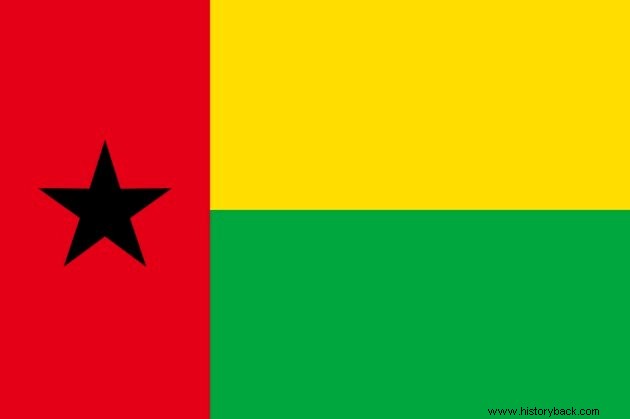
- Official Name :Republic of Guinea-Bissau
- Capital :Bissau
- Number of inhabitants :1.796 million (2016)
- Surface :36 125 km 2
- Independence :September 24, 1975
Guinea-Bissau is located in West Africa and it was the navigator Nuno Tristão (15th century) who landed there shortly after the transposition of Cape Bojador carried out by Gil Eanes in 1434.
In Cacheu the first factory was founded in 1588 where slaves were traded. Today, in this city, there is a museum and memorial on slavery and the slave trade.
It is estimated that in Guinea-Bissau there are more than 30 ethnic groups that use the Creole language to communicate with each other.
Currently, Portuguese is losing ground to French and it is estimated that only 10% of the population understands it.
Likewise, the Catholic religion brought by the Portuguese colonizers coexists with the growth of Islam and evangelical religions.
Rice is the staple food of the population, while the main export product is cashew. Tourism has great potential due to natural beauties and maritime hippos, however, it is underdeveloped.
Cape Verde
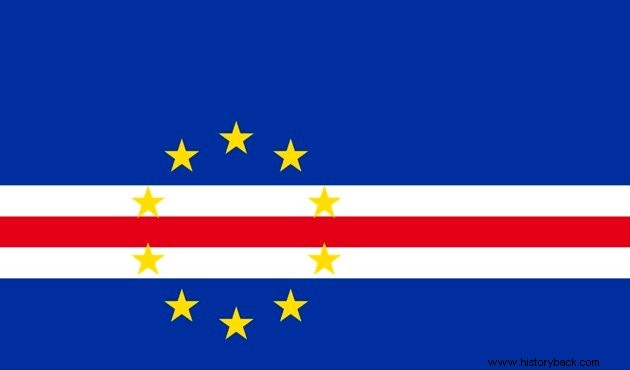
- Official Name :Republic of Cape Verde
- Capital :Beach
- Number of inhabitants :560 thousand (2016)
- Surface :4 033 km 2
- Independence :July 5, 1975
The Cape Verde archipelago is located in the Atlantic Ocean and is made up of about ten volcanic islands.
The Portuguese landing on the islands initially took place between 1460 and 1462 and the lands were completely uninhabited. The lack of freshwater springs explains why no human being has populated the region.
Among the first navigators who arrived there are the Venetian Alvise Cadamosto (1429-1488) and the Genoese Antonio Noli (1415-1491) who were part of the explorers in the service of Infante Dom Henrique (1394-1460), at the "school" of Sagres .
The newly discovered archipelago was essential in the diplomacy between the kingdom of Castile and Portugal, as it was the dividing point of the Treaty of Tordesillas.
The first factory was founded on Santiago Island and the other islands were used as a stopover to supply ships and the slave trade.
The formation of the local people included Christians, Jews, Moors and the slaves who were transported from Guinea-Bissau.
With the prohibition of the slave trade and the gradual abolition of slavery in Brazil, the Cape Verdean economy began to decline.
Today, the country depends mainly on tourism and foreign investment to survive.
São Tomé and Príncipe
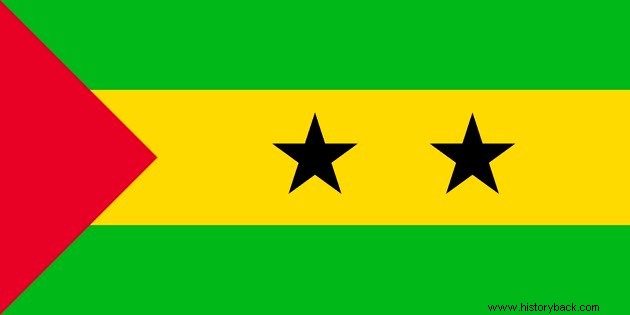
- Official Name :Democratic Republic of São Tomé and Príncipe
- Capital :Sao Tome
- Number of inhabitants :158 thousand (2016)
- Surface :1011 km 2
- Independence :July 12, 1975
Spread over an area of 964 square kilometers, São Tomé and Príncipe was first recognized in 1470 by the navigators Pero Escobar, Fernão Pó and João de Santarém. The lands were uninhabited and the settlement began 15 years later, under the command of Álvaro de Caminha.
Caminha was a grantee of the islands and introduced the sugar cane plantation and began its occupation with the son of newly converted Jews, exiles and blacks enslaved to the plantations.
It also served as a depot for slaves on their way to Portuguese America and a stop for caravels on their way to the Indies.
From the 19th century onwards the cultivation of cocoa was introduced and as early as 1900, the archipelago became the largest cocoa producer in the world and today it still figures as a major exporter. Tourism also brings foreign exchange to the islands.
Independence
The independence of the former Portuguese colonies must be understood in the context of the post-World War II and Cold War world.
In 1945, with the founding of the UN and in the face of the atrocities committed in the conflict, society had changed its perception of the term “colonization”.
Thus, this organism starts to pressure the countries that still had colonies to grant them independence.
To circumvent this imposition, many imperialist countries change the status of their territories. The United Kingdom gathers a part of its colonies in the Commonwealth; and France, Holland and Portugal transform them into "overseas provinces or territories".
Portugal, in particular, does not accept the UN resolution and even changing the name of the colonies to Overseas Provinces continues to have a metropolis-colony relationship with its African territories.
However, there were territories that did not fit into any of the alternatives offered by their metropolises and went to war to guarantee their autonomy
This movement was followed with great interest by the United States and the Soviet Union, always careful to mark their influence on the periphery of the world.
See also:Decolonization of AfricaPortuguese Africa
At this time, Portugal lived under the dictatorship of Antônio Salazar (1889-1970) who was against the decolonization policy. He declares the colonies as overseas territories and begins to equip them with infrastructure such as schools and hospitals. It also stimulates Portuguese immigration.
These measures, however, are not enough for local populations. The nationalists of Portuguese-speaking territories in Africa, inspired by Cape Verdean Amílcar Cabral (1924-1973), unite to face a common adversary.
This is how the African Revolutionary Front for the National Independence of the Portuguese colonies was founded in 1960. It was made up of Angola, Cape Verde, Guinea-Bissau, Mozambique and São Tomé and Príncipe.
See also:End of the Portuguese Empire in AfricaCarnation Revolution
It was, however, the Carnation Revolution on April 25, 1974, which took place in Portugal, that boosted the recognition of the freedom of these African states.
With the installation of the transitional government instituted after the deposition of Marcello Caetano, the independence of the Portuguese overseas provinces is recognized.
The first of these states to achieve independence was Guinea, in 1974. The process of freedom from Mozambique Cape Verde, São Tomé and Príncipe and Angola would come in the course of 1975.
After the independence of Angola and Mozambique entered a bloody civil war.
Read more :
- Pre-colonial Africa
- Economy of Africa
- European Maritime Expansion
